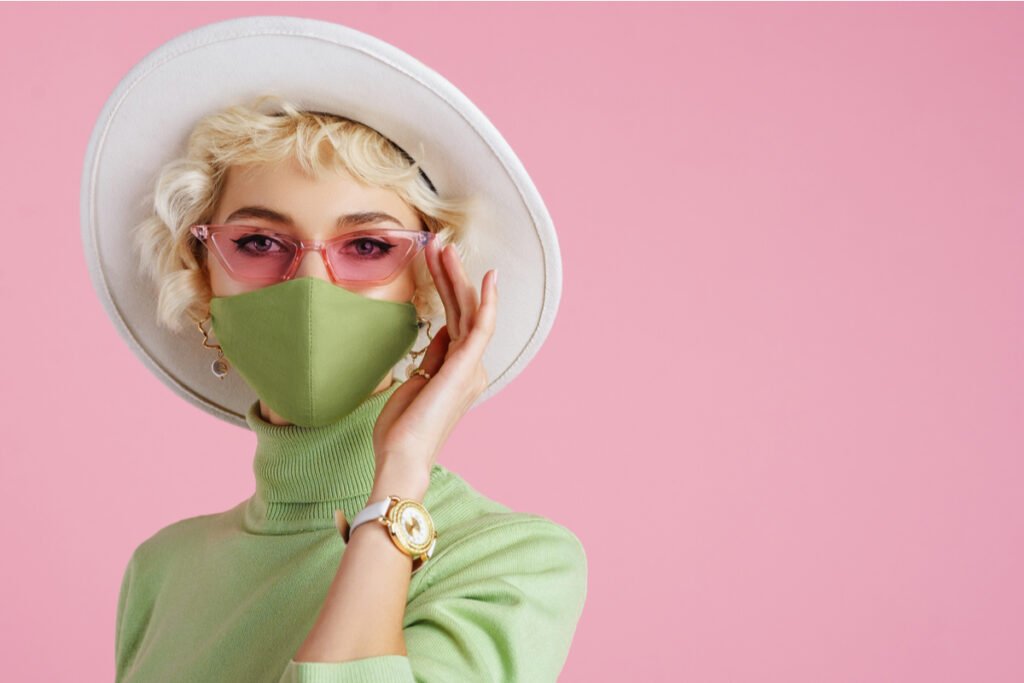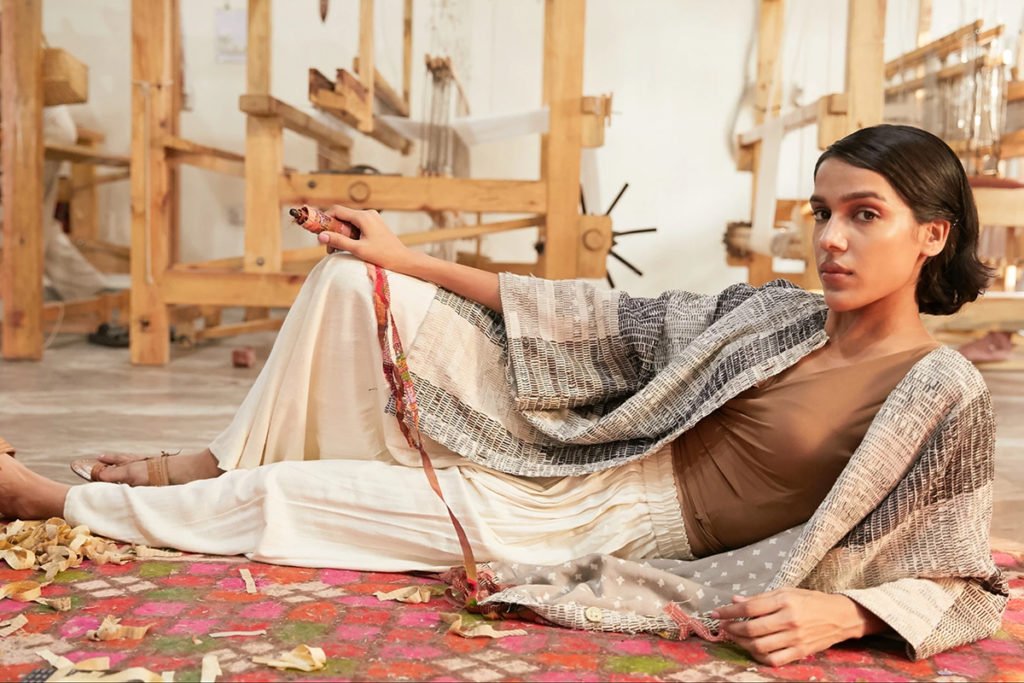An illustrator, a designer, a creative coder and more, Anjali Kamat is all that, but at the core, she an artist. She started from messy drawings in art files to create meaningful pieces of art for individuals and organisations of great magnitude. Her journey as a visual artist began in high school with a small design tablet and a story, but now her story reaches thousands of people every day. After completing her graduation in Information Arts and Design Practices from Srishti Institute of Art, Design and Technology in 2020, Anjali now is ready to take on the design world with her talent of depicting the realities of life through art.
The Influence of Art
A child growing up in a house of doctors, Anjali, thought that that would be the path she would follow. However, as a child going to different extracurricular classes, she realised that art is what made her feel content. She describes the influence of art on her life “as a medium to communicate.” She believes that through the medium of colour, she could convey her feelings better than words. She says, “I used to make cards for my loved ones, as it helped me express my feeling for them.”

Art is a process of constant learning. Anjali is committed to following her love for the craft and making it a profession and describes the influence of art in her life to keep an open mind for new things. “Though I have done my education in art and design, there’s still a lot for me to learn,” said Anjali. She added, “I am aware that I know a very small percentage of things that I want to do. So, I look for inspirations and influence from the fact that there is a lot more coming up.”
Creating Art Out of Life
No art is made without any inspiration. In Anjali’s case, she derives ideas from what is going on in the world, her personal experiences or even a single moment. As a creative person, she always had a habit of penning down any interesting thought or moment in front of her and later used it to feel inspired. She looks up to illustrators like Jasjyot Singh Hans and Charlotte Ager for inspiration.

Anjali describes her process as a series of trials and errors. According to her, research constitutes 80 per cent of the work while creating an illustration or a design. “When I get a project or an assignment, the first thing I do is research. Research is the most important part of the process for me,” she said. She looks at pieces from other illustrators worldwide to look at what has been done in the same field and decide what new she can bring. Her process begins with an idea, which she expands for some days or even weeks, and she meticulously notes down the details of how she wants to present it. An intuitive process, the making is her favourite bit from the artworks. The research phase is followed by drafting a series of drawings to get ideas out on paper. She says that when she starts the brainstorming process, she lets out all the thoughts on the canvas and then starts narrowing down. “The sharing of it is always cathartic. Instagram allows me to put it out there instantly, and while it might have its drawbacks, mostly, it is a huge gift because I can see my audience react to my work in real-time”, she added.

As a visual artist, Anjali works with illustrations, animations, creative coding, comics and more. Though the inspiration strikes similarly, she describes the execution process as significantly different. “For an illustration, just a thought may suffice, while the animation requires a series of cohesive ideas,” she said. Adding to this, she said, “Animation is much more extensive than a single illustration, especially when I am both creating and directing it. The process includes storyboarding, drawing, and editing, whereas illustration is usually a smaller process. Still, sometimes they can also be as intense because sometimes just one image has to say a lot.” Working on comics is also a very different process. Anjali also likes putting down her experiences and feelings in words and then formulates comics out of those experiences. She is an artist who creates art out of life.
Discovering Individualistic Styles
As an illustrator and animator, Anjali has worked for very prominent people and organisations. She has designed the album cover for Prateek Kuhad’s song Kasoor. According to her, Kasoor’s album cover was a dream come true. She created an illustration every day, and the team uploaded that cover on social media to see the response, and the design with maximum interaction got to be the cover. “I was shocked when I got that call; I am a huge fan of Prateek, and working with him was a great moment. If somebody said that I’d be designing the cover for such a talented singer, I would’ve laughed,” said Anjali.

She has done editorial illustration for brand names like NPR and Soup Magazine. Anjali describes the work she did for these organisations, her end goal. She aspires to be able to work with people who can bring a change in society, and illustration can be used to pass on that message. Commission work, though, comes with a defined set of requirements; Anjali still manages to add her individualistic identity into those pieces. Her free-flow art has allowed her to create one-of-a-kind pieces for many issues.

“In all honesty, the art industry is not as badly hit as others but has become difficult to feel inspired”, Anjali shares when asked about the pandemic. A lot of artists, illustrators and designers have used social media to display their lockdown-inspired creations, but the process has changed. “I have never before had an idea block, but this quarantine made that happen. It is hard to feel motivated in these tiring times, but I try to push myself to at least draw something.” She participated in a weekly competition on social media to have some creative juices flowing. Anjali added that “An artist being like a lonely and depressed person, is a myth. You need to see people at the end of the day; you need some collaboration, especially in design work. Talking to people, having inputs though can be done online, I believe it is not the same.” Alas, she has hope for a better future.





